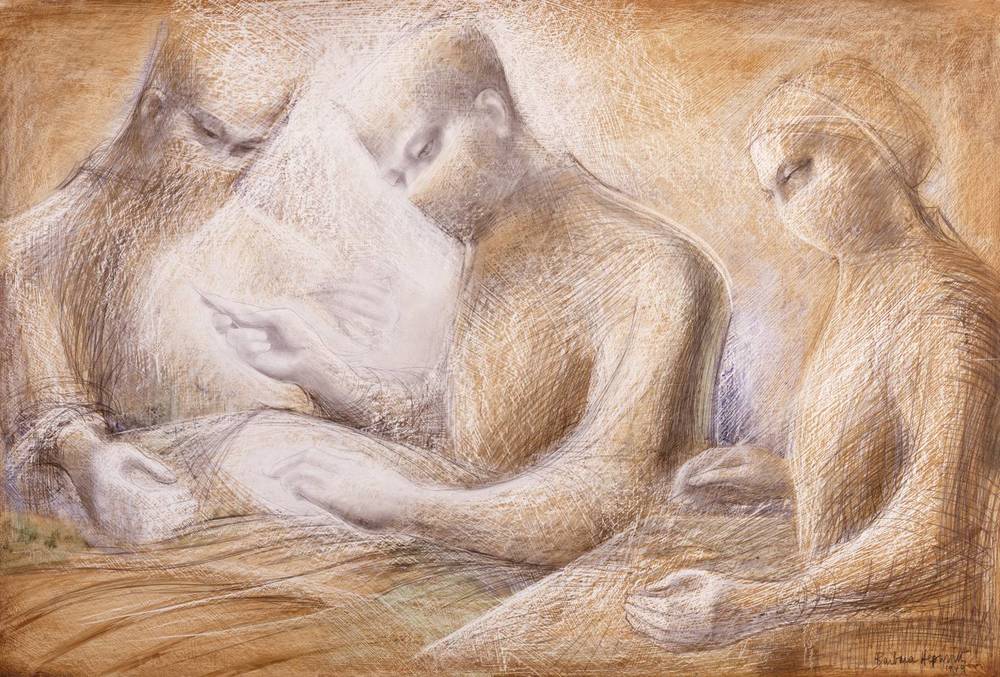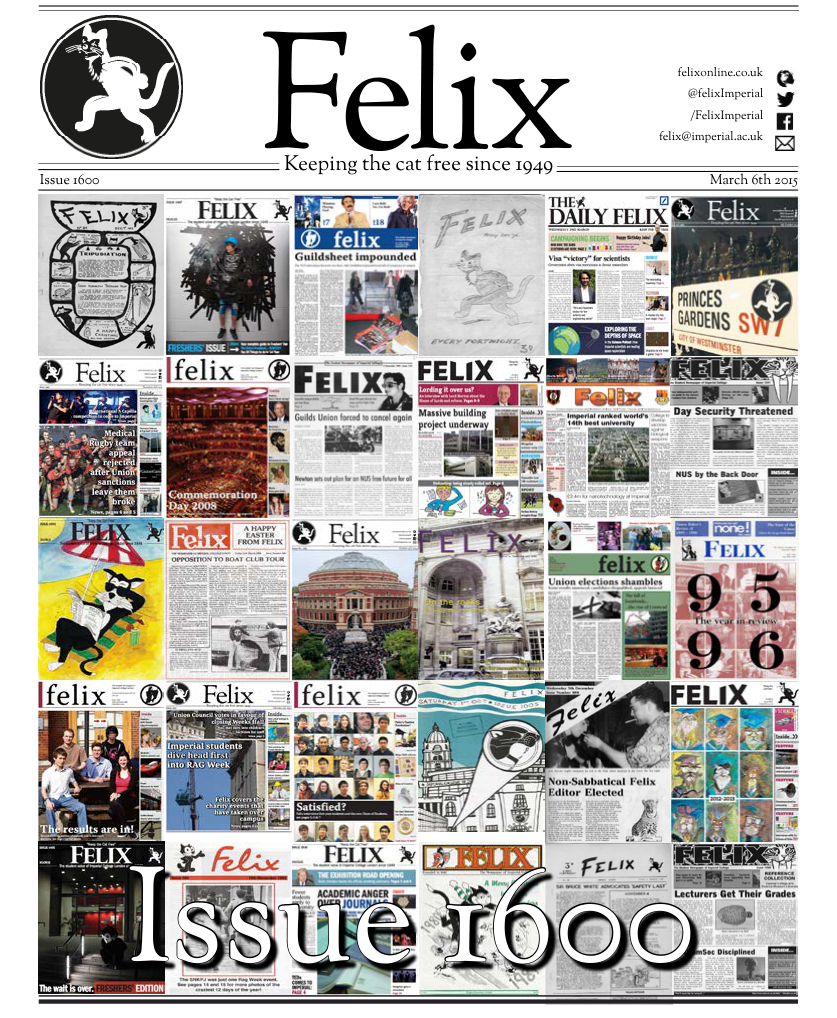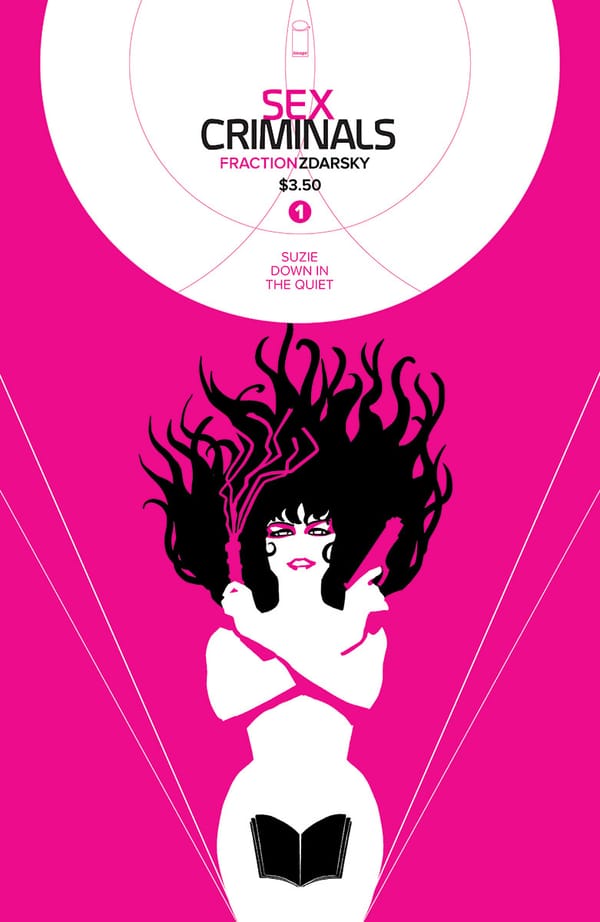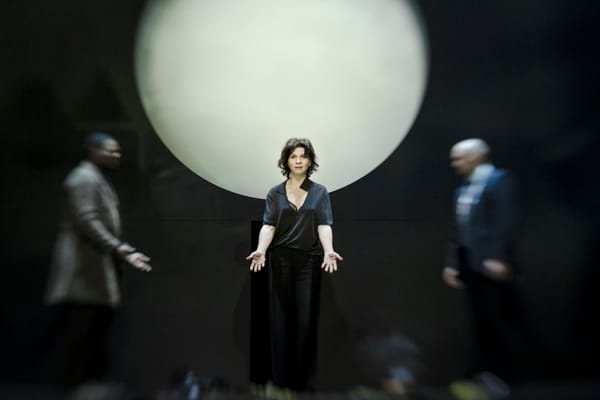An Ode to Medicine, Mortality, and Art
Jingjie Cheng explores the interaction between art and science

In his poem Larynx, Pablo Neruda implored of Death:
Why are you following me?
What do you want with my skeleton?...
Why do you have to take me?
What business have I with Heaven?
Hell doesn’t suit me –
I feel fine on the earth.”
The anxiety of the speaker upon learning of a possible laryngeal tumour – “a small seed of death” – speaks for any patient who discovers he has a serious illness. The fear, denial, rage, the stubborn will to live (“I wanted to be a cyclist | to pedal out of death’s range”) reflects more about human nature than it does of the science of medicine itself: it is the human nature which is about standing up against trying times that art so often attempts to capture.
Neruda, who is far better known for his passionate love poetry than ruminations on mortality, is only one of thousands of artists and writers who have based their creative works on medicine and the art of healing. Love and death, medicine and art, are not greatly different after all – history is replete with examples of marriages between art and medicine, from Da Vinci’s Vitruvian Man to Rembrandt’s famous painting of The Anatomy Lesson of Dr. Nicholaes Tulp, now almost an icon of medical education. Illness, struggle, healing, and death make profound and personal subject matter for creativity, but there is also the simple aesthetic appreciation of the human body both in health and in illness – an externalised observation of our inherent vulnerability.
There is a Mandarin saying that sums up life as “birth, age, illness, and death”, painting a picture of life as basically a gradual submission to the forces of age and disease. Perhaps it is this universality of sickness and healing that makes medicine such a popular inspiration for artists, more so than any other profession. We all understand it; we see it in our own bodies, in the struggles of loved ones, and in the work of doctors.
There is somehow a sanctity of the human body that makes one averse to breaking it down
I picked up a book recently titled The Sick Rose: Disease and the Art of Medical Illustration, a display of exquisite, unsettling drawings of sickness from the Wellcome Collection. Created in the time before colour photography, most of the drawings were done with the purpose of educating physicians of the past, rather than as creative works. But any viewer would be able to appreciate the skill that went into them. To me, the crystallization of a disease, something so dynamic, into a particular representative drawing, is creative interpretation in and of itself. Call it perhaps a morbid fascination, but I think the appeal of these medical illustrations lie in an innate drive to understand ourselves. Looking at all the hair-raising diseases staring almost too placidly from the pages reminds me of how impermanent health and youth is, and how powerless our bodies are in the face of such ravages.
Thus, in appreciating the aesthetics of health, I find that there is beauty in how basic chemical molecules come together to form a sentient being. Where there is beauty, there is art. The New Objectivity movement in photography, for example, focused on capturing nature for its objective beauty divorced from any sentiment. Perhaps the aesthetics of the human body holds similar sway.
Yet, despite its objective fascinating qualities, in the past disease and the human body make such attractive artistic inspiration perhaps also because of its unknowability. Disease might have been represented as bad spirits swirling around patients, or demons trying to break free. Our knowledge of disease increases by the day and such representations, far from dying out, simply become metaphors. We can understand perfectly that infections, poor diet, or wayward cells cause disease, but that doesn’t stop us from seeing our ageing and weakening bodies as an affliction on ourselves as a whole rather than in the scientific mechanisms of disease.
In a scathing criticism of the medical profession’s obsession with cutting things up and in the process dehumanizing medicine, Dannie Abse, a British physician-poet-playwright himself, writes in his poem X-ray :
Some prowl sea-beds, some hurtle to a star
and, mother, some obsessed turn over every stone
or open graves to let that starlight in.
There are men who would open anything.
Harvey, the circulation of the blood,
and Freud, the circulation of our dreams,
pried honourably and honoured are
like all explorers. Men who’d open men.
There is somehow a sanctity of the human body that makes one averse to breaking it all down, and it is this wholeness that art captures. The nuts and bolts of disease may very well be left to science, but afflictions of the body is more than that; it affects the person, and that is the void that art fills.
Medicine is so crucial to society; it is also an institution, especially in modern times. Thus, more than just inspiring art on a personal level, medicine and healthcare institutions have also inspired social and political commentary in art. What is disease? What is madness? What is sanity? In One Flew Over the Cuckoo’s Nest, Ken Kesey questions what madness is, criticising the medical profession’s monopoly over its definition. Art allows us to stand in the shoes of others, and good art allows us to understand different points of view vividly – crucial in attacking the status quo.
Art allows us to stand in the shoes of others – crucial in attacking the status quo
Last month, I caught Nina Raine’s revival of her 2011 play Tiger Country – a snapshot of life in the NHS with everything that was wrong thrown in. “Tiger country” refers to dangerous situations in surgery where the surgeon knows that a slip would cause death. In the play, the whole hospital is tiger country for those trying to navigate it. As a medical student, watching it was utterly depressing, but I must admit that it was a fantastic and timely poking-of-holes in the NHS. Clearly, theatre was a very immediate way of provoking discussion on our over-stretched healthcare system and the working environment our healthcare workers have to deal with.
I have never been able to decide whether I am more of a “science person” or an “arts person” – a line people often like to draw – but I think being able to appreciate the relationship between the two makes life a lot richer. Perhaps medicine and disease make ripe creative material precisely because it straddles the middle ground between the two worlds, a space of multiple possibilities and fresh ideas. More than that, I also think that it is our undying obsession with our own mortality that elicits such varied and fascinating artistic exploration. I am of the opinion that art actually has something to contribute to our larger understanding of medicine as a whole as much as medicine provides for artistic inspiration. After all, as the ancient Greek physician Hippocrates wrote, “Life is short, and art long” – we will always be transient beings despite the medical profession’s best efforts, but art immortalizes this very human struggle.










